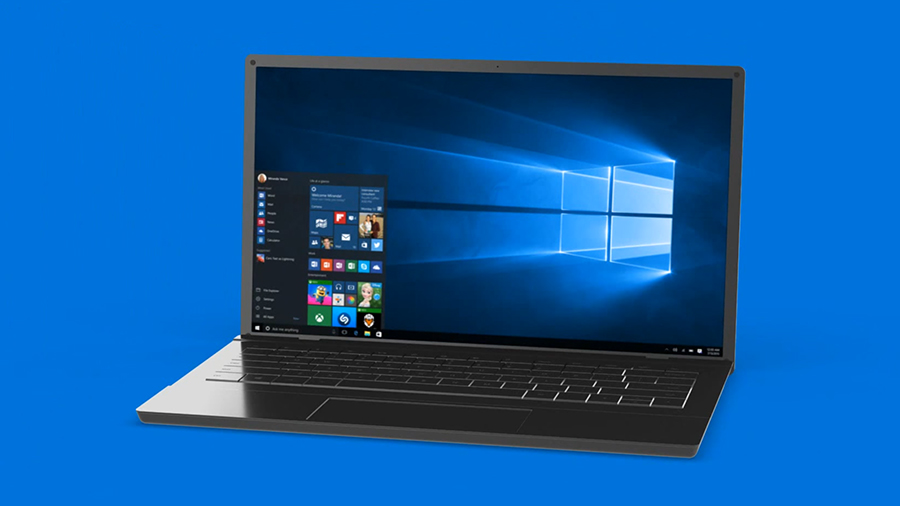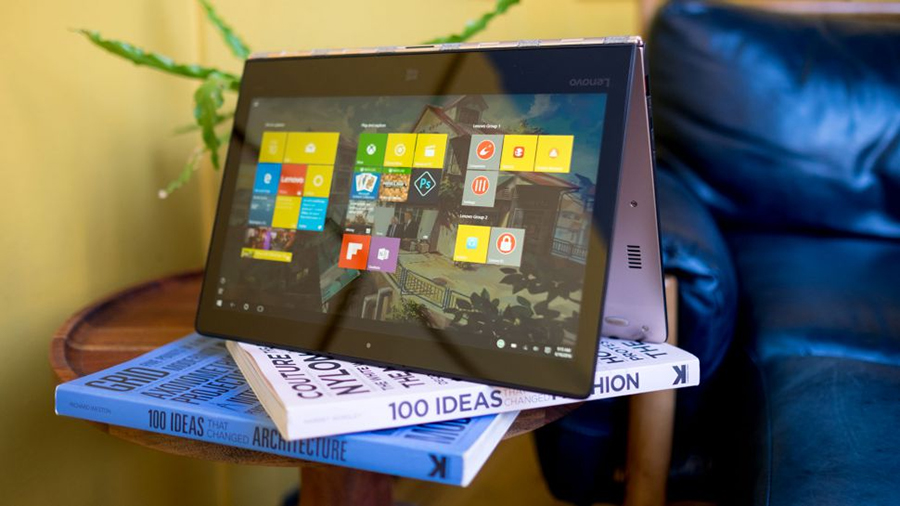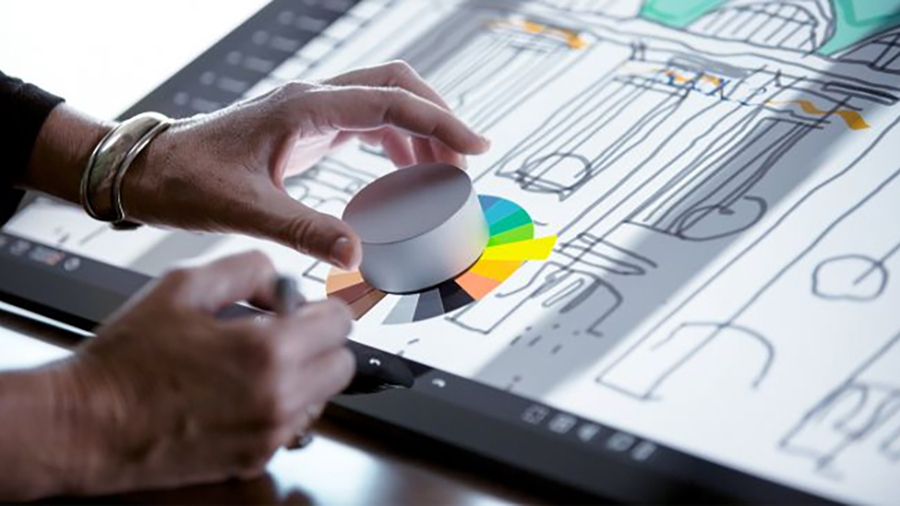5 reasons why the Windows PC is making a comeback
Here's why versatile software and attractive hardware are making Windows computers interesting again


Not so long ago, it looked like Windows PCs were dying a slow death, as the world switched to tablets, large phones, and MacBooks for their computing needs. However there are signs that we're seeing a recovery - or at least a slowing of the decline.
Windows computers are suddenly more interesting than they have been in years - both from a software and a hardware angle - and sales figures aren't so disappointing right now either. Here's why we think the future looks bright for Windows devices of all descriptions.
1. Windows 10 works everywhere

It was a brave (and maybe crazy) move from Microsoft to go for a mobile/tablet/desktop hybrid OS with Windows 8 in 2012, but that rather wonky OS has slowly matured into the much improved Windows 10 that we have today - and it's still capable of running on desktops and tablets alike (though the mobile aspect has fallen by the wayside).
That means hardware makers can produce 2-in-1 machines or laptops with detachable screens and users can still run Photoshop, iTunes, Excel or whatever other desktop programs they need. You can't do that on an iPad.
Admittedly Microsoft still hasn't quite figured out how the "universal" Windows 10 apps should work and integrate with the rest of the OS - and the selection of these natives apps is still pretty poor - but it means Windows devices have much more flexibility whether you're staying at home or working on the go.
2. Better hardware design

Hardware manufacturers seem to have embraced the extra options that Windows 10 gives them: 2-in-1 devices with plug-in keyboards are more popular than ever, both with the people making them and the people buying them. Stodgy beige boxes are out and slim, interesting-looking computers are in.
Microsoft itself has been leading the way with the Surface Pro, the Surface Book, and the Surface Studio, but everyone from Samsung to Huawei now has some decent-looking hardware on the market, and a lot of it is reasonably priced as well.
Get all the latest news, reviews, deals and buying guides on gorgeous tech, home and active products from the T3 experts
Look at the Acer Switch 5, to take just one example: the latest Intel processors, a screen that looks fantastic and an auto-retracting kickstand - what more could you want? Some of this design innovation even seems to be rubbing off on the laptops, desktop boxes and all-in-ones on the market too, leaving potential buyers with a better choice than ever.
3. The arrival of Cortana

At the same time as Microsoft has been trying to figure out how to develop an OS that works as well on touchscreens as it does with a keyboard and mouse, the company's also been working on a smart assistant ready to take charge of your digital life.
Cortana isn't significantly better than all the other assistant apps developed by Microsoft's rivals, but it does come baked into Windows 10, and there are official apps for Android and iOS too - it really can go everywhere with you, which makes sense for a virtual PA.
Not everyone wants to start talking to their PC but Cortana is equally happy taking typed text as an input too, and the smartness of Microsoft's approach was emphasised when Apple decided to add Siri to the Mac. Cortana might not be responsible for many PC sales on its own, but it definitely makes Windows a more attractive proposition.
4. Innovative input options

We've already talked about hardware design, and the creativity shown by Microsoft and its manufacturing partners has spilled out into various input devices as well. Okay, the stylus is not a new concept, but the sticks you now get with the Surface Pro and various other bits of kit are genuinely impressive, especially if you work in any kind of arts field.
Then there's the Surface Dial, another Microsoft initiative that Dell liked so much it came out with its own version. You no longer have to settle for the same old keyboard and mouse combination when it comes to interacting with your Windows PC.
Other extras show manufacturers are really thinking about ways to help users too - take the integrated wireless charging pad that comes built into the HP Envy Curved All-In-One 34, for example, not to mention the actual curved screen. There's more to grab your attention than ever before.
5. The rise of virtual reality

To be clear, we like Macs a lot too - but another area where Windows PCs have the edge at the moment is in virtual reality, thanks to their long-standing advantage in gaming. If you want an Oculus Rift or an HTC Vive, then you need to get a high-spec Windows PC along with it - at the moment a Mac machine just won't cut it.
VR remains an expensive, niche industry at the moment but its influence should grow over time: that's perhaps part of the reason why Apple is getting into the VR/AR business itself in the near future (if the rumours to that effect are true).
Windows machines have always been the computers of choice for gamers, and of course the Xbox One runs its own version of the OS too. Perhaps the upcoming Mac Pro refresh will boost Apple's influence in the world of VR but for the time being it's another plus in the positives column for Windows.
- Need more Windows? Here's our complete review
Dave has over 20 years' experience in the tech journalism industry, covering hardware and software across mobile, computing, smart home, home entertainment, wearables, gaming and the web – you can find his writing online, in print, and even in the occasional scientific paper, across major tech titles like T3, TechRadar, Gizmodo and Wired. Outside of work, he enjoys long walks in the countryside, skiing down mountains, watching football matches (as long as his team is winning) and keeping up with the latest movies.
